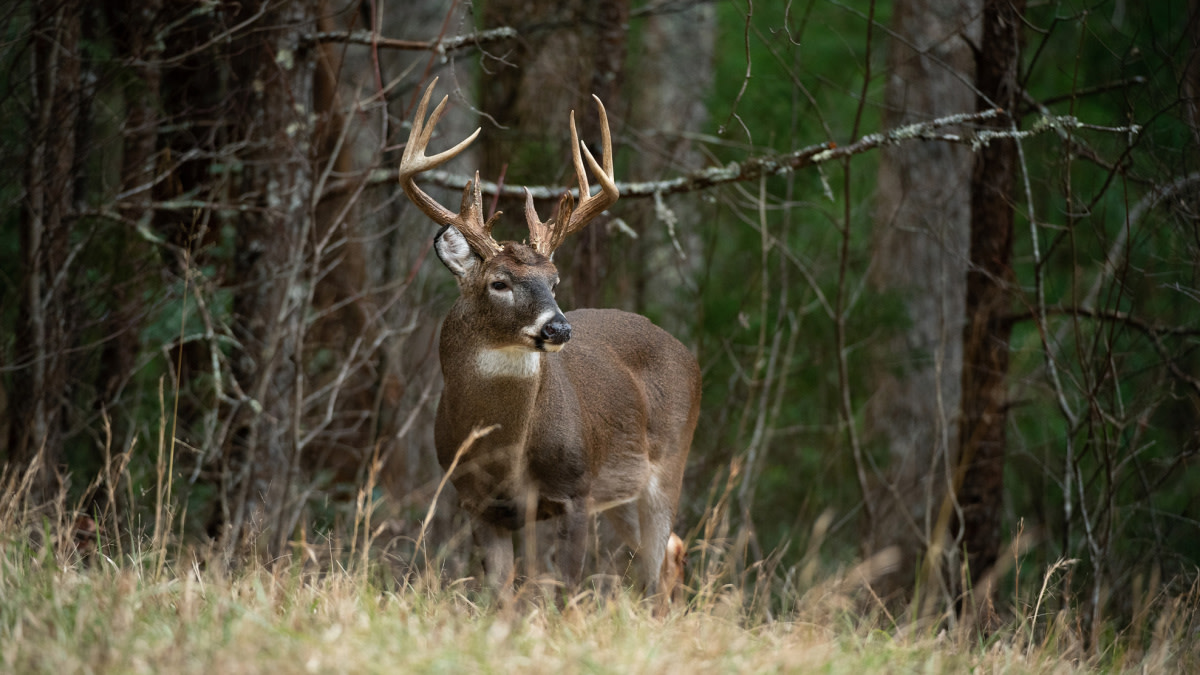
Whitetailers tend to think of the rut as a magical time when the season starts anew and success is all but guaranteed. As I discussed in a previous article on why so many hunters fail during the rut, that’s simply not the case. Iowa’s harvest rates speak to this point.
There is no state that offers bowhunters a better chance to kill rutting bucks than Iowa. But when harvest stats are released each year, they’re consistently unimpressive—only about 20% of bowhunters tag anything at all.
Iowa is a state where gun season opens in December, giving bowhunters the chance to hunt the entirety of the rut from the first chasing in late October to the secondary rut in early December. If the rut really alleviated a hunter’s shortcomings, a state like Iowa would have substantially higher success rates for archers.
What’s worse, those numbers don’t differentiate between private versus public lands. Undoubtedly, bowhunters who don’t have access to destination food sources and manicured trail systems have much lower success rates. Like most, they’re dealing with skittish deer on pressured ground.
I don’t want to be overly pessimistic—the rut is still the best time of the year to be in the woods, and that’s no different if you hunt in a pressured area. But, as I’ve said before, it’s more about out-hunting hunters than out-hunting deer. No one knows that more than Clint Campbell, a Pennsylvanian hunter and host of the Truth from the Stand Podcast. He says his entire strategy involves doing what others don’t.
“I typically key on hot sign located in security cover in the hardest to reach places,” Campbell said. “Any terrain feature that is an obvious setup spot and is easily identifiable by other hunters is off the list.”
Campbell’s last point is tough to swallow. Hunting media dedicates a lot of ink to pinch points and funnels during the rut, no matter how many people are in the woods. But as Campbell’s podcast name indicates, there’s a lot of truth there: even the craziest rutting won’t supersede a buck or doe’s desire to survive. Encounters with hunters at any given saddle or bottleneck add up to trouble and, while spots on satellite imagery may look amazing, deer won’t see it that way. This is also why Campbell sticks to an aggressive, midday scouting plan during the rut.
“In November, deer movement is constantly changing, so I tend to hunt mornings based on wind direction and then by about 9:30 I’m off looking for hot sign,” Campbell said. “Once I find it, I set up and hunt the rest of the day.”
This isn’t the sit-all-day strategy that a lot of rut hunters advise, but it is relevant if you’re hunting public lands or private ground with pressure. The deer activity in these places isn’t likely to be super consistent from one day to the next, but it will be highly concentrated. Sitting dark to dark on the edge of a picked cornfield waiting for the action is a great way to end up in the unsuccessful column.
Tune in to whitetail hunting shows right now and you’ll notice that the hosts aren’t shy about using scents, calls, and decoys. You’ll probably also notice that the deer activity on film doesn’t quite jive with your experience.
Here’s the thing about scents, calls, and decoys—they all can work. But most of the time they don’t. To highlight this reality, just imagine a 4.5-year-old buck that has spent his whole life on public land. Think about how many encounters he’s had with hunters, and then just make a guess about how often he has been called to or how many times he’s caught a whiff of estrus scent only to spot a hunter in a nearby tree.
These attractants are the tools of the masses, and the masses use them a lot—every chance they can, most likely, and that leads to educated deer. I like to implement scents and calls, but only sparingly. Whitetails that have had negative interactions with hunters using these products are more likely to run away from a rattling sequence than blindly charge in with their hackles raised.
As a primarily public land bowhunter, I’ve used all of these tricks to help kill bucks during the rut, but every time I’ve had success it has been in a tight spot where the bucks were already close and very comfortable. This is important and goes back to Campbell’s advice on security cover. If you plan to grunt in a buck or draw a bruiser in with a scent wick soaked in the good stuff, do it in a place that bucks are likely to be already.
The rut is awesome, but it also sucks. Your personal experience at any given time can fall into either category depending on how you go about things. Do the work and get away from the crowds like you would at any time during the season, and you should eventually stumble onto some season-making action. Hunt like the masses and you’ll have success like the masses—just like those 80% of bowhunters in Iowa.
Feature image via Matt Hansen.








Conversation